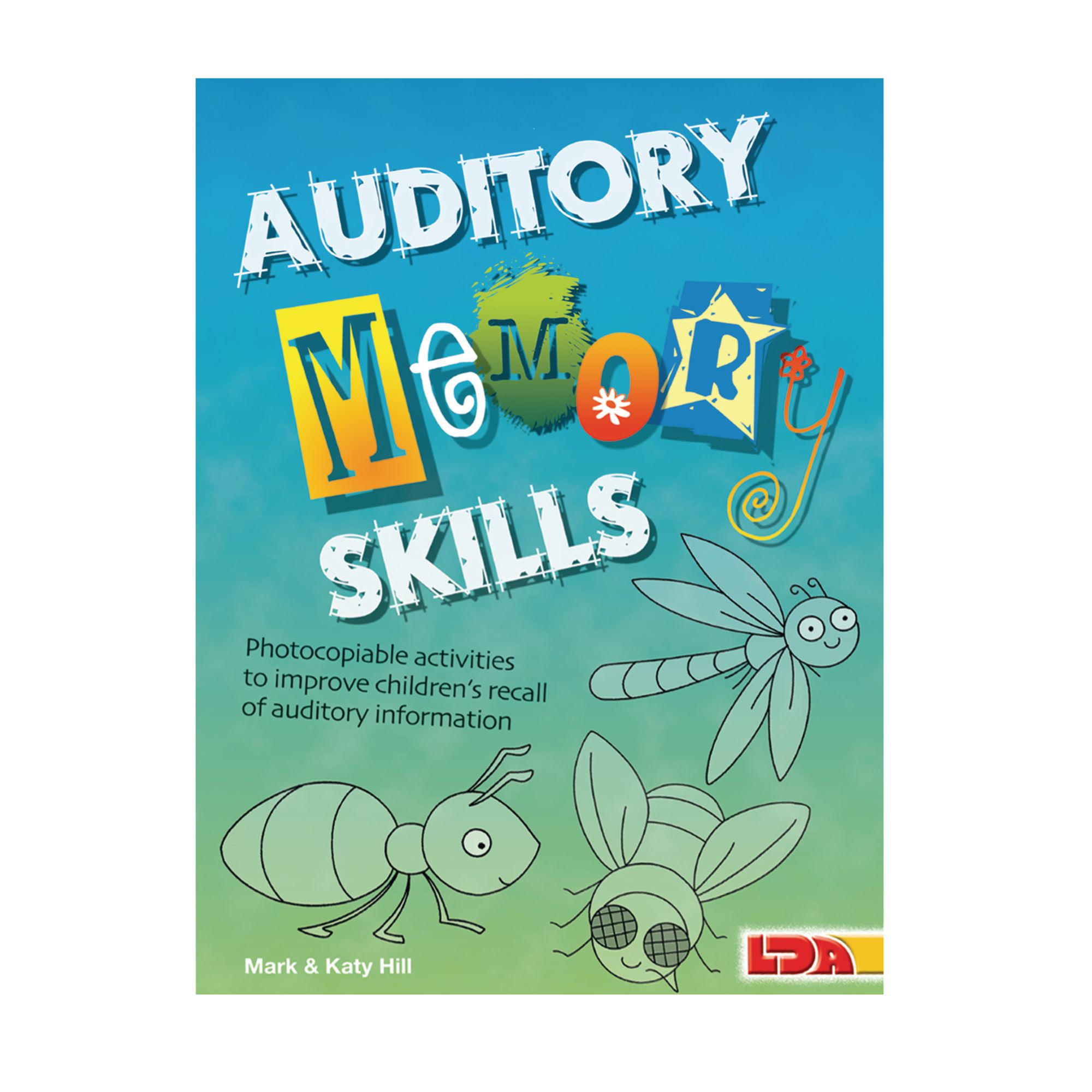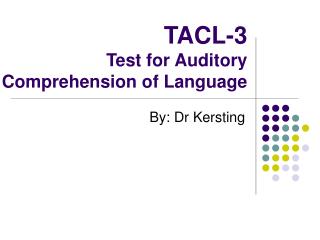
AUDITORY COMPREHENSION SKILLS PROFESSIONAL
Professional roles and activities in speech-language pathology include clinical services, prevention and advocacy, education, administration, and research. SLPs play a role in the screening, assessment, and rehabilitation of persons with hearing loss.
AUDITORY COMPREHENSION SKILLS CODE

Providing evaluation and fitting services for hearing aids, cochlear implants, other sensory aids, and hearing assistive technology.Developing and implementing an AR plan of care in collaboration with the person receiving services as well as with family/significant others and other professionals (e.g., physicians, SLPs).

Conducting a comprehensive auditory assessment.Advocating for the communication needs of all persons, including advocating for the rights of-and funding of services and devices for-those with hearing loss and related disorders.

Educating the public and other professionals on (a) the needs of persons with hearing loss and related disorders (e.g., tinnitus, CAPD) and (b) the role of audiologists in the prevention, identification, and management of hearing loss and related disorders.See ASHA's Scope of Practice in Audiology (ASHA, 2018).Īppropriate roles for audiologists include the following: The professional roles and activities in audiology include clinical services (diagnosis, assessment, planning, and treatment), prevention, advocacy, education, administration, and research. Roles and Responsibilities of AudiologistsĪudiologists play a central role in the screening, assessment, diagnosis, and treatment of persons with hearing loss. Audiologists and SLPs often collaborate in the AR process.

See the ASHA Practice Portal pages on Adult Hearing Screening, Central Auditory Processing Disorder, Hearing Aids For Adults, Hearing Loss in Adults (addresses hearing loss in ages 5 through adulthood), and Tinnitus and Hyperacusis for more information.Īural rehabilitation falls within the scope of practice of both audiologists and SLPs. Some terms are more commonly used to refer to services offered by audiologists, whereas some encompass services offered by audiologists and/or speech language pathologists (SLPs). The AR process takes into account a person's interpersonal, psychosocial, and educational functioning, among other factors.Īural rehabilitation is also referred to as audiologic rehabilitation, auditory rehabilitation, hearing rehabilitation, and rehabilitative audiology. The impact of hearing loss and/or related disorders on a person's quality of life, and the quality of life of their family/significant others, may be substantial. Ross (1997) included in his definition of ARĪny device, procedure, information, interaction, or therapy which lessens the communicative and psychosocial consequences of a hearing loss (p. The reduction of hearing-loss-induced deficits of function, activity, participation, and quality of life through sensory management, instruction, perceptual training, and counseling (p. Montano (2014) defined AR asĪ person-centered approach to assessment and management of hearing loss that encourages the creation of a therapeutic environment conducive to a shared decision process which is necessary to explore and reduce the impact of hearing loss on communication, activities, and participations (p. The definition of aural rehabilitation (AR), as well as the terminology used to describe the practice of AR, has varied and evolved over the years. See the Treatment sections of the Hearing Loss (Adults) Evidence Map, the Tinnitus Evidence Map, and the Central Auditory Processing Disorder (CAPD) Evidence Map for summaries of the available research on this topic. The scope of this page is aural rehabilitation for adult populations ages 18 and older.


 0 kommentar(er)
0 kommentar(er)
